What is society? Is it a well-oiled machine, a bunch of conflicting ideas, or just people randomly interacting? Well, all of those are valid ideas. It’s hard to pinpoint exactly how society works. Today we are going to talk about “sociological paradigms.”
A Paradigm Is a Model for How You Think About Things
Paradigms are sets of concepts or theories that frame the way you look at something. In sociology, theoretical paradigms are the key. These paradigms are the fundamental assumption that sociologists have about the social world, the ones that guide their research and thinking. This might sound prejudicial at first, but you need these assumptions because raw facts don’t interpret themselves.
Why Does Sociology Need So Much Interpretation?
Math, physics, and biology don’t need so many assumptions, so why does sociology? Actually, all scientific disciplines make assumptions about the world, and all scientific disciplines use different perspectives depending on the questions they’re asking.
Sociology Is Concerned with Both the Macro and the Micro
Sociology looks at society at all levels, at all scales, from the huge to the tiny. When sociologists are looking at the macro they are looking at the big things. When they ask question on this level they are looking at the broad aspect that shape society. That means the micro is looking at the small. These question focus more on interactions between individuals. It’s important to remember that these aren’t two separate perspectives, but two parts of a whole. The big and the small are always connected.
There Are Three Major Theoretical Paradigms
The three paradigms are structural functionalism, conflict theory, and symbolic interactionism.
In structural functionalism, society is seen as a complex system whose parts work together to promote stability and social order. This is the paradigm that looks at society as a well-oiled machine. One of the disadvantages of this approach is that it looks at change as something that is threatening to the success of society.
Conflict theory looks at society as different groups struggling over resource scarcity. This paradigm is the opposite of the first one. It looks at the way people’s conflicting ideas shape society.
Symbolic interactionism is built to deal with micro questions, unlike the other two paradigms that seem to focus more on the macro. It focuses more on individual interactions and the meaning they attach to them. It understands society as a product of everyday interactions, specifically the shared reality people create through their interactions.
Understanding what a paradigm is will help you to understand why they’re so important in sociology. The three major sociological paradigms help sociologists to look at society from many different perspectives. Each paradigm has its advantages and disadvantages, but all of them are necessary to understand how society works.

